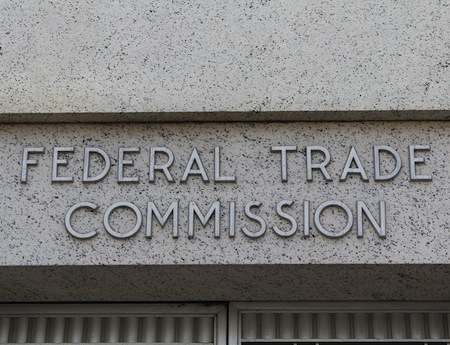FTC Fires Warning Shots at Advertisers Over Disclosures

The Federal Trade Commission has fired a warning shot across the bows of major TV and print advertisers, telling them they have failed to make adequate disclosures.
In warning letters to more than 60 companies, including 20 of the top 100 advertisers as part of what the FTC was calling operation "Full Disclosure," the FTC said Tuesday those advertisers should review all their ads to make sure their disclosures are "clear and conspicuous."
But that list was not exclusive. FTC said it tried to target a representative sample, but that "advertisers who did not receive a letter should not assume that their advertisements are fine." The FTC would not say which advertisers had gotten the letters or release any of the letters.
Why not release the names? According to the FTC, the letters are meant to give the companies a chance to modify their behavior before the FTC takes potential enforcement action, as well as educate them on what practices are potentially problematic.
But the FTC signaled the claims included "unique," or "superior" or "worry-free" or "risk-free."
The FTC did suggest some of the problems. "Many ads quoted the price of a product or service, but did not adequately disclose the conditions for obtaining that price, while others did not adequately disclose an automatic billing feature. Other ads claimed a product capability or that an accessory was included, but did not adequately disclose the need to first own or buy an additional product or service,” the FTC said.
Jessica Rich, director of the FTC’s Bureau of Consumer Protection, also signaled some of the products that might be on the list.
Broadcasting & Cable Newsletter
The smarter way to stay on top of broadcasting and cable industry. Sign up below
“Consumers depend on information in advertising to make their buying decisions – whether it’s computers or cleaning products, televisions or tools, hotel rooms or hair care,” she said. “Through efforts like these, the Federal Trade Commission ensures that consumers can have confidence that the ads they see are not hiding important information.”
FTC said too many disclosures were in fine print or otherwise tough to read or easy to miss.
"The FTC’s longstanding guidance to companies is that disclosures in their ads should be close to the claims to which they relate – not hidden or buried in unrelated details – and they should appear in a font that is easy to read and in a shade that stands out against the background," the FTC said. "Disclosures for television ads should be on the screen long enough to be noticed, read, and understood, and other elements in the ads should not obscure or distract from the disclosures."
Dan Jaffe, group EVP, government relations for the Association of National Advertisers, said that the FTC often does not send up a warning shot first, so in that sense companies appreciate being alerted of the FTC's concern before it brings any formal case.
He said disclosures are an important part of making sure ads are not deceptive and it is clear the FCC is going to be paying more attention to that area. It is a wake-up call for people who might have gotten careless to reexamine their disclosures to make sure they are appropriate," he says. But for those who follow the FTC guidelines--and the FTC provides a lot of that guidance, he says--there should be no problem.
Contributing editor John Eggerton has been an editor and/or writer on media regulation, legislation and policy for over four decades, including covering the FCC, FTC, Congress, the major media trade associations, and the federal courts. In addition to Multichannel News and Broadcasting + Cable, his work has appeared in Radio World, TV Technology, TV Fax, This Week in Consumer Electronics, Variety and the Encyclopedia Britannica.










